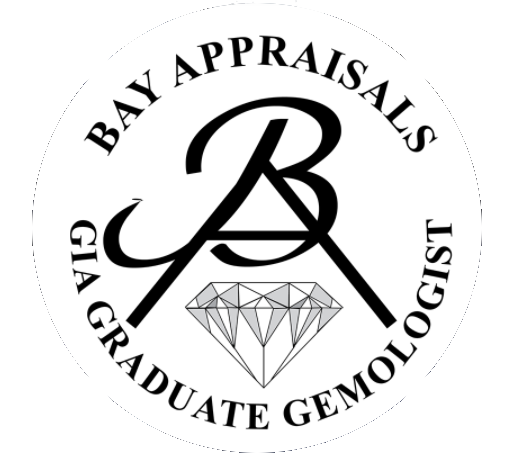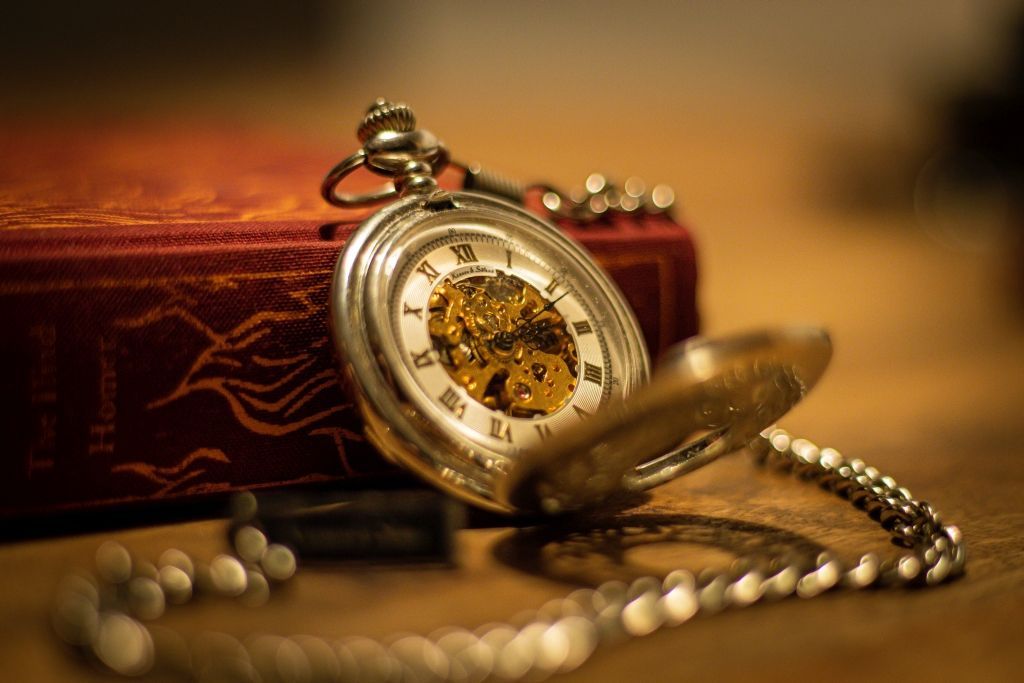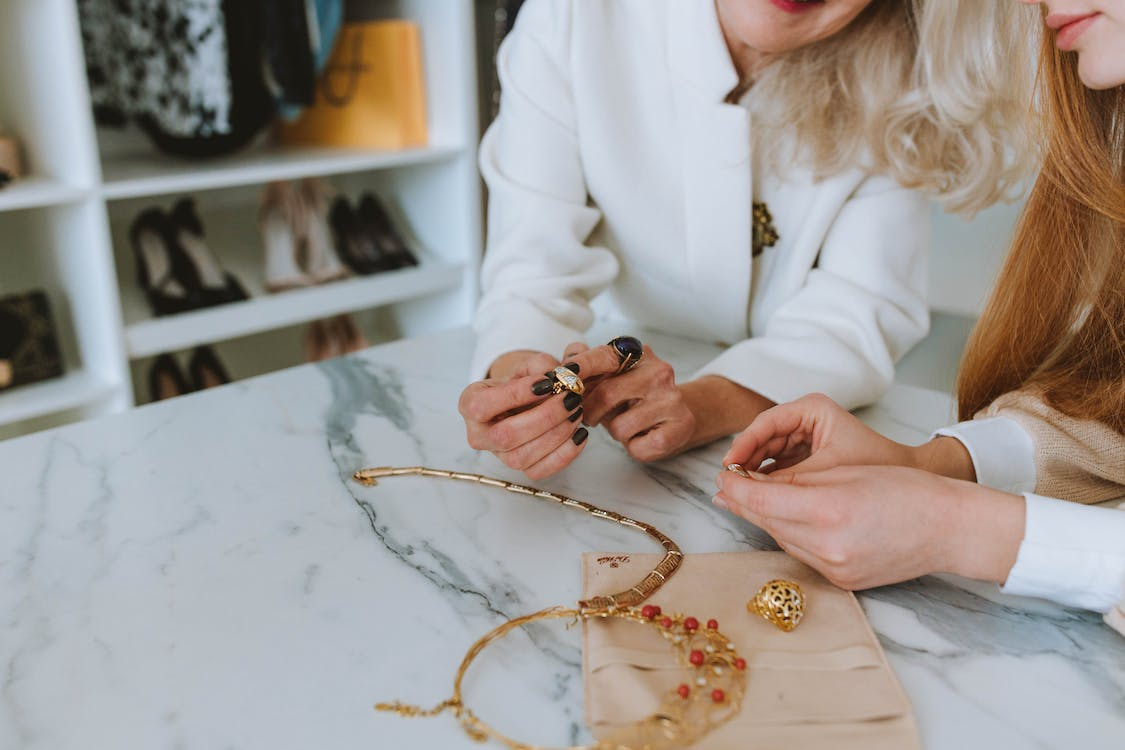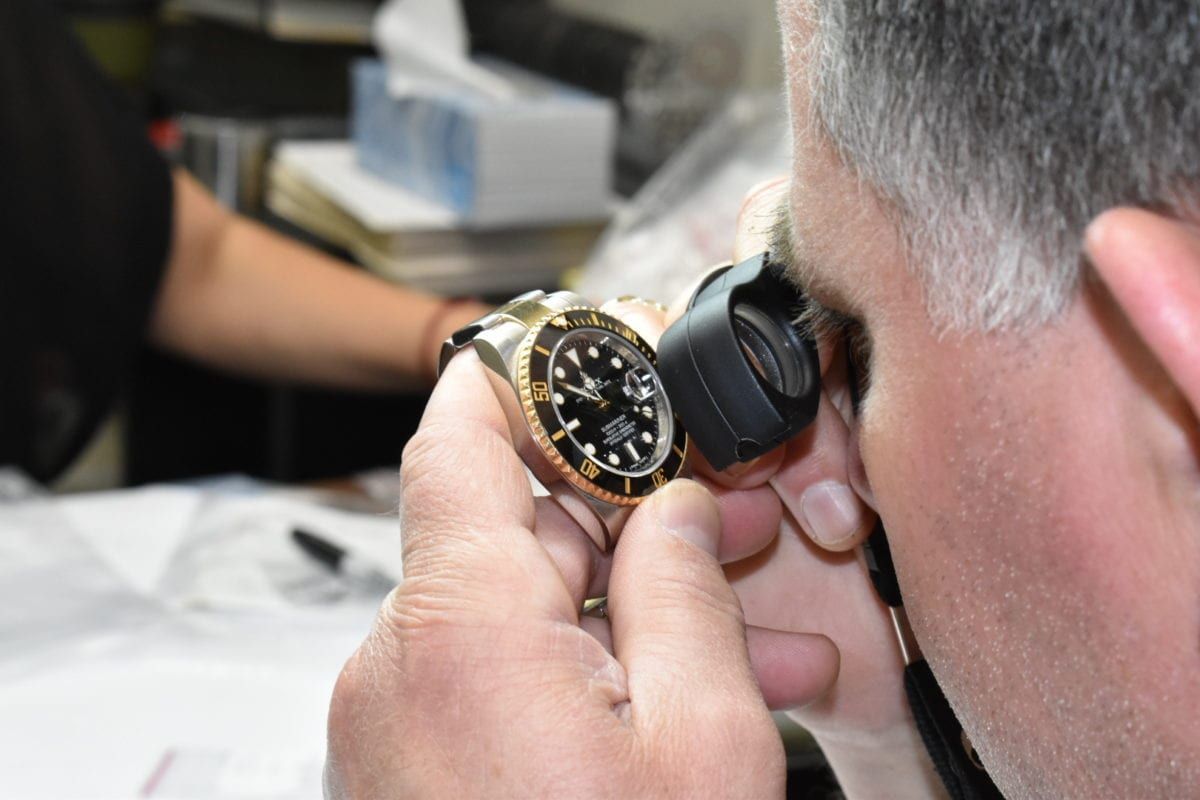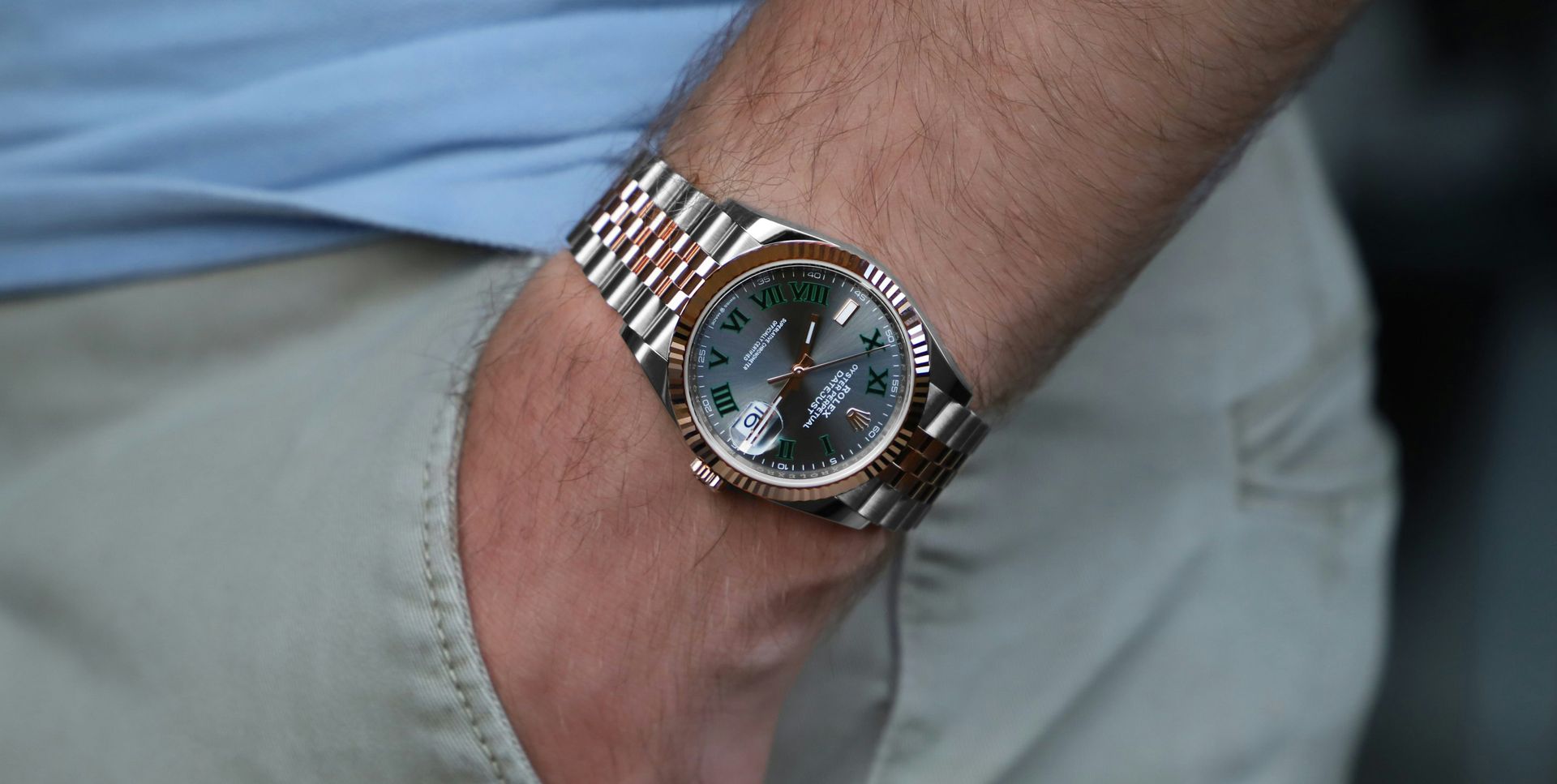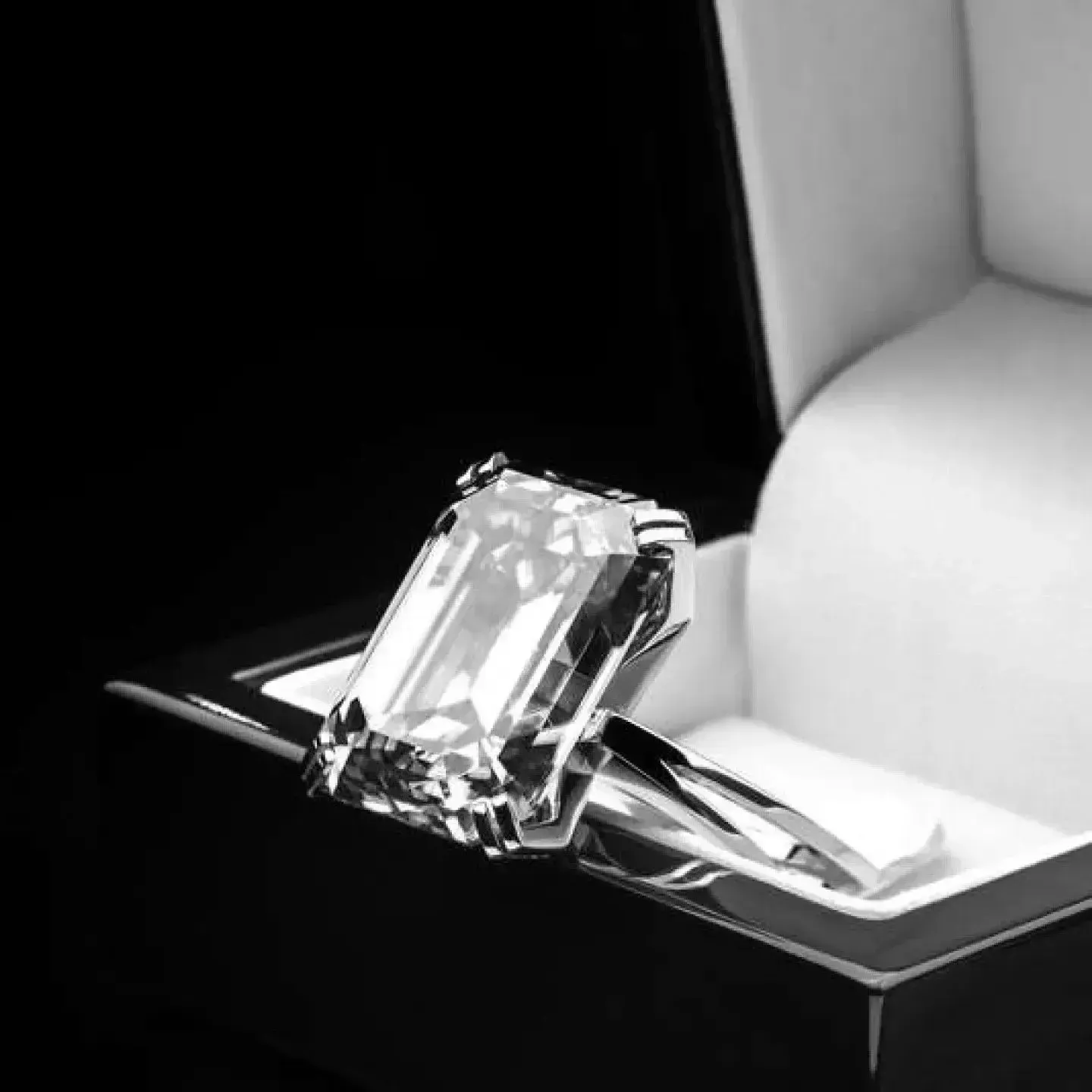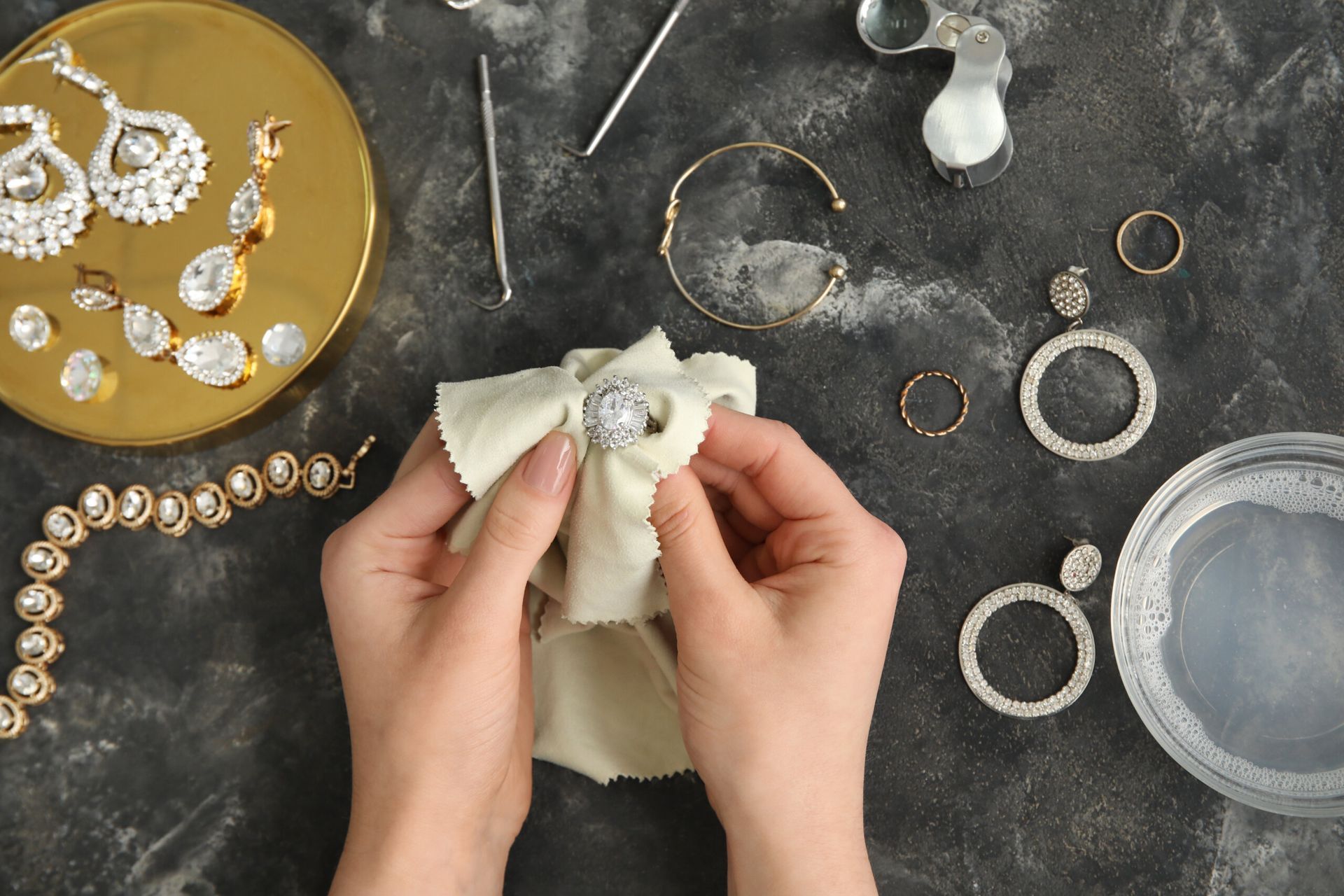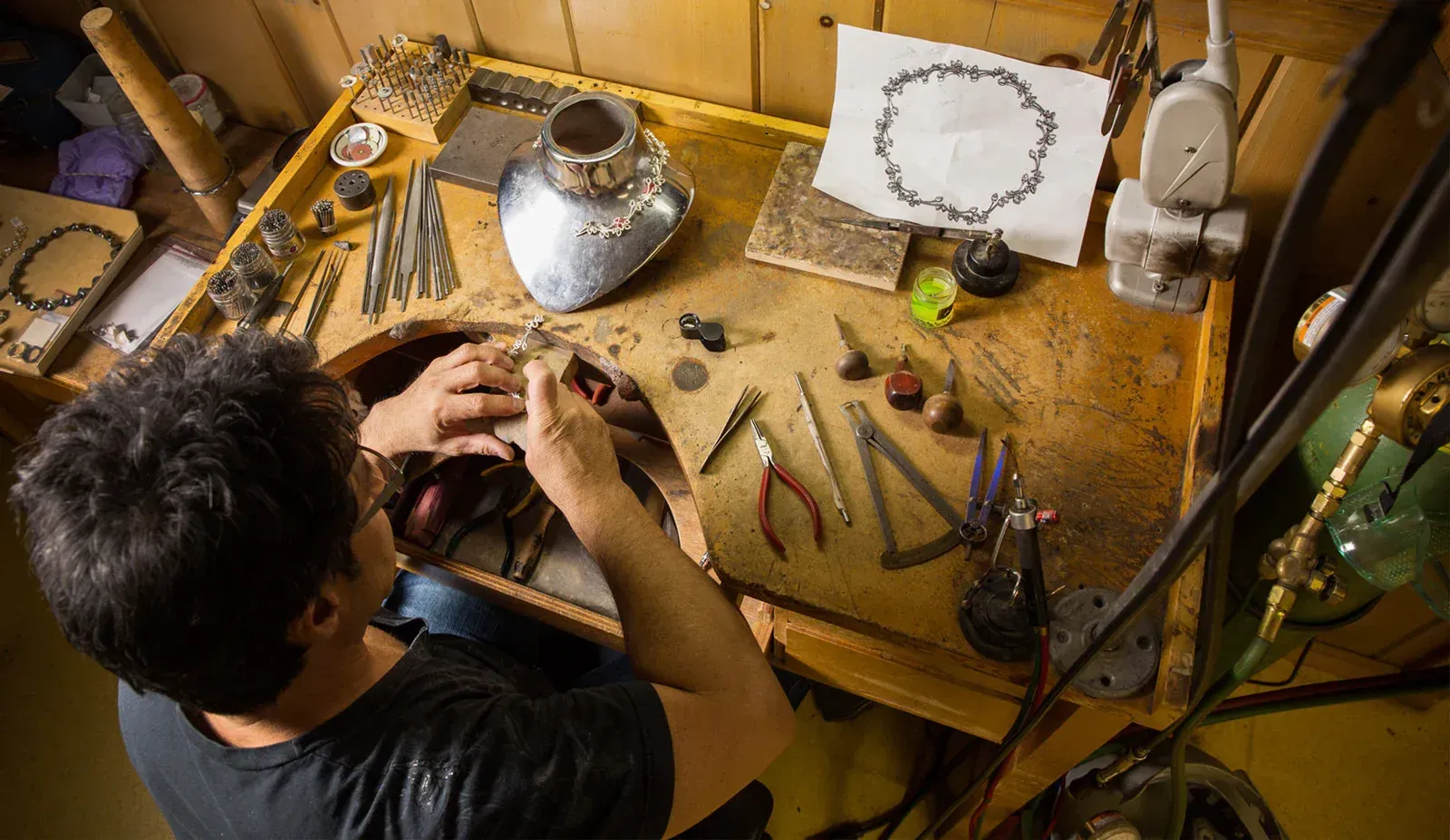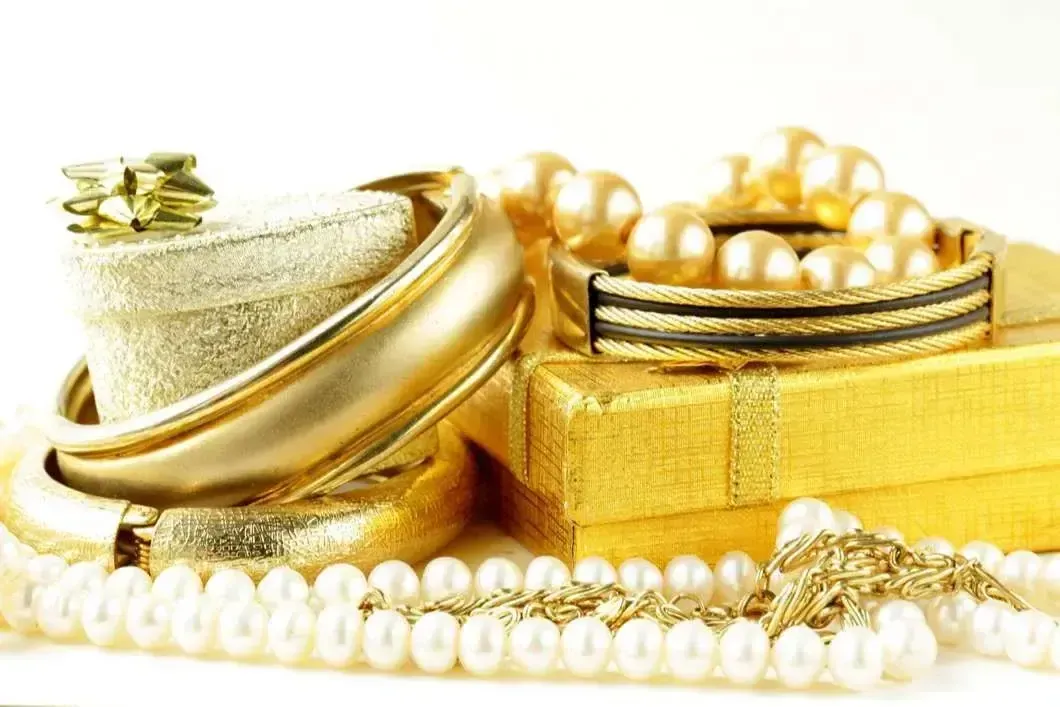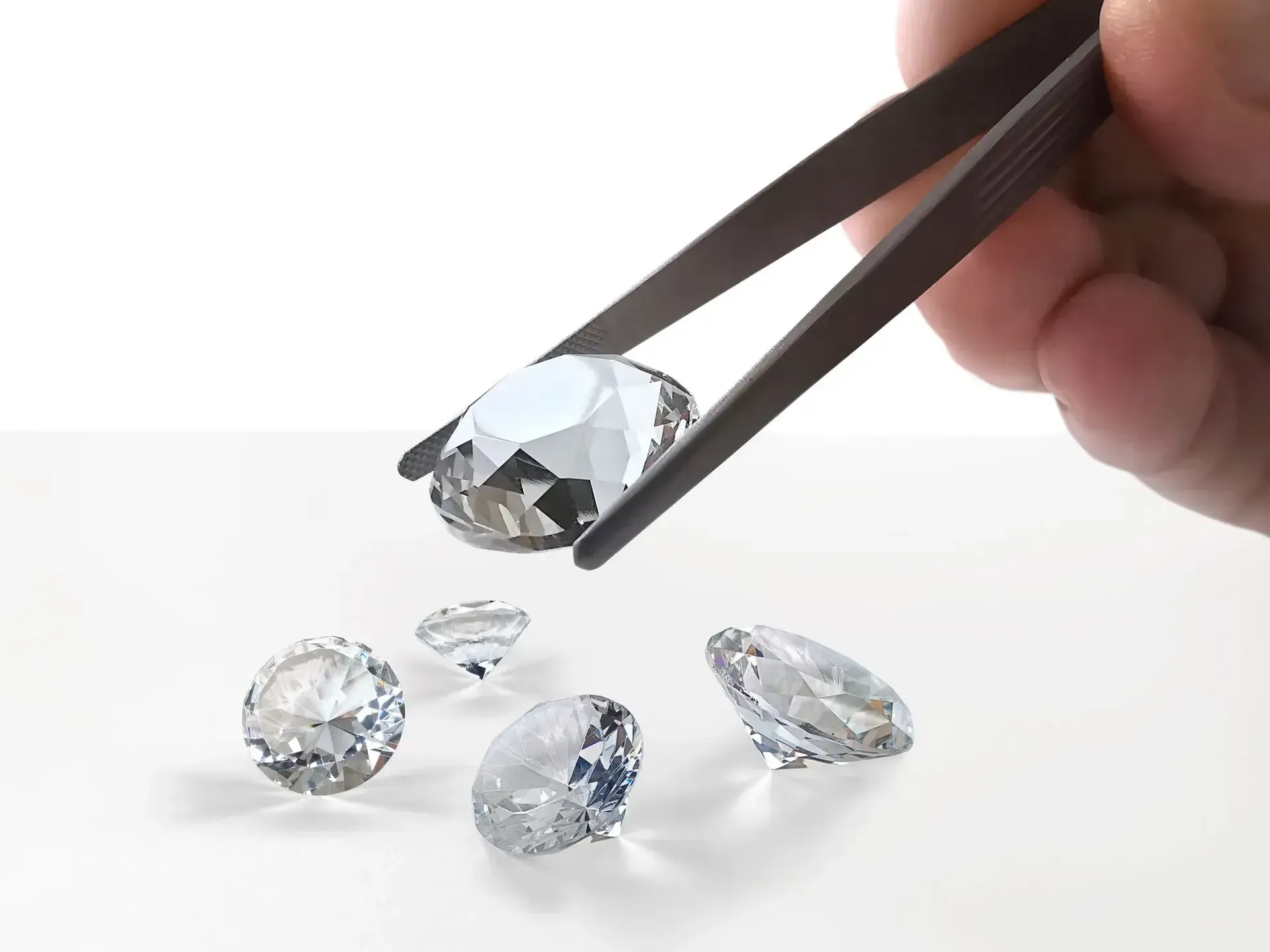DIY Guide: How to Appraise Jewelry Yourself Safely and Accurately

Step 1: Gather Essential Tools for the Job
Starting your DIY jewelry appraisal journey requires the right set of tools. Ensure you have a jeweler's loupe or magnifying glass to examine intricate details, a digital scale for precise weight measurements, a ruler or caliper for accurate dimension assessments, and if necessary, a diamond tester or gemstone identification tools to verify the authenticity of gemstones.
Equipping yourself with these essential tools will enable you to conduct a thorough examination of your jewelry pieces.
Step 2: Scrutinize the Jewelry Piece with Precision
Begin your appraisal process by subjecting the jewelry piece to careful examination under optimal lighting conditions. Pay close attention to any hallmarks or stamps that indicate metal purity and authenticity. Thoroughly inspect the overall condition of the piece, noting any signs of wear, damage, or past repairs.
Utilize your jeweler's loupe to scrutinize gemstones for clarity, color, and visible imperfections. Take meticulous notes of the cut, shape, and size of the gemstones, as these attributes significantly influence their value.
Step 3: Conduct Gemstone Testing
For jewelry pieces containing gemstones, particularly diamonds, it's imperative to conduct rigorous testing to ascertain their authenticity. Employ a diamond tester or gemstone identification tools to verify the legitimacy of the gemstones.
Diamonds possess unique thermal and electrical conductivity properties that differentiate them from simulated alternatives like cubic zirconia or moissanite. Similarly, for colored gemstones, consult a reliable gemstone identification chart to accurately determine their type and corresponding value.
Step 4: Precisely Weigh and Measure
Utilize your digital scale to obtain precise weight measurements of the jewelry piece, recording the readings in grams or carats. Employ a ruler or caliper to measure the dimensions of gemstones and settings, noting their length, width, and depth.
These precise measurements provide crucial insights into the size and proportions of the gemstones, pivotal factors that influence their overall value.
Step 5: Conduct Extensive Market Research
Broaden your appraisal perspective by delving into comprehensive market research to ascertain the current value trends of similar jewelry pieces. Explore online marketplaces, auction sites, and reputable jewelry appraisal guides to gain valuable insights into prevailing market prices.
Compare your findings with the distinctive characteristics of your jewelry piece to arrive at a reasonable estimate of its value.
Step 6: Document Your Appraisal Findings Methodically
Systematically record your observations, measurements, and research findings in a detailed appraisal report. Supplement your written documentation with high-quality photographs of the jewelry piece captured from multiple angles, highlighting any noteworthy features or imperfections.
This documented appraisal report serves as an invaluable reference point for future appraisal endeavors or potential sale transactions.
Step 7: Consider Professional Appraisal for Added Assurance
While DIY appraisals offer valuable insights into the value and characteristics of your jewelry pieces, they may lack the expertise and precision of professional appraisals. For heightened accuracy and credibility, consider seeking the services of a certified gemologist or accredited appraiser for a comprehensive appraisal, particularly for high-value or sentimentally significant pieces.
A
professional appraisal not only ensures precise valuations but also provides you with invaluable expert guidance and assurance.
Conclusion: Empower Yourself with Knowledge and Precision
Appraising jewelry yourself can be an enriching and enlightening experience when executed with meticulous attention to detail and safety precautions. By following these comprehensive steps and exercising diligence, you can gain valuable insights into the worth and attributes of your cherished jewelry collection.
However, for utmost precision and expert guidance, it's advisable to consult a professional appraiser. Armed with the right tools, knowledge, and commitment, you can navigate the appraisal process confidently and make well-informed decisions regarding your treasured jewelry pieces.
Unlock the True Value of Your Jewelry Collection: Dive into Our Comprehensive DIY Appraisal Guide!
Are you ready to embark on a journey of self-discovery with your jewelry? At Bay Appraisals Jewelry, we understand the importance of understanding the true value of your cherished pieces. That's why we've crafted a comprehensive DIY appraisal guide above to empower you in assessing your jewelry with confidence.
From engagement rings to family heirlooms, we can help you. With our years of experience in estate appraisal and estate planning in El Paso and nearby regions such as Sunland Park, NM, Horizon, and Socorro in Texas, we provide expert insights into determining fair market value for each piece of jewelry. Whether you're exploring antique treasures or planning for estate sales, we can equip you to appraise your jewelry collection accurately.
Don't miss out on the opportunity to unlock the hidden worth within your jewelry. Explore our expert services today and take the first step towards becoming your own jewelry appraiser with Bay Appraisals Jewelry.
FAQs for DIY Guide: How to Appraise Jewelry Yourself Safely and Accurately
1. Can I really appraise jewelry myself?
Absolutely! With the right tools, knowledge, and attention to detail, anyone can learn to appraise jewelry safely and accurately at home. Our DIY guide provides comprehensive instructions to help you navigate the process with confidence.
2. What tools do I need for DIY jewelry appraisal?
You'll need essential tools such as a jeweler's loupe or magnifying glass, a digital scale for precise weight measurements, a ruler or caliper for accurate dimension assessments, and gemstone identification tools or a diamond tester to verify authenticity.
3. Is it safe to test gemstones at home?
Yes, it's safe to test gemstones at home as long as you follow proper procedures and precautions. Utilize reliable gemstone identification tools and refer to reputable sources to ensure accurate testing without causing damage to your jewelry.
4. How can I ensure the accuracy of my DIY appraisal?
To ensure accuracy, follow our step-by-step instructions meticulously and double-check your findings against reputable sources such as the American Society of Appraisers. Take detailed notes, measurements, and photographs throughout the process to create a thorough appraisal report
5. Can DIY jewelry appraisal replace professional appraisal services?
While DIY jewelry appraisal can provide valuable insights, it may not match the expertise and precision of professional appraisal services offered by accredited appraisers. For high-value or sentimentally significant pieces, consider seeking the services of a certified gemologist or accredited appraiser for a comprehensive appraisal.
6. What types of jewelry can I appraise using this guide?
Our DIY guide covers a wide range of jewelry types, including engagement rings, family heirlooms, antique pieces, and more. Whether it's a diamond necklace or a vintage brooch, you'll find valuable guidance to appraise your jewelry collection safely and accurately.
7. How long does it take to appraise jewelry using this guide?
The time required to appraise jewelry varies depending on factors such as the complexity of the piece and your level of experience. Take your time to conduct thorough examinations and research to ensure accurate results. If you're considering liquidation, it's essential to be thorough in your assessment, especially for high-value items such as fine watches.
